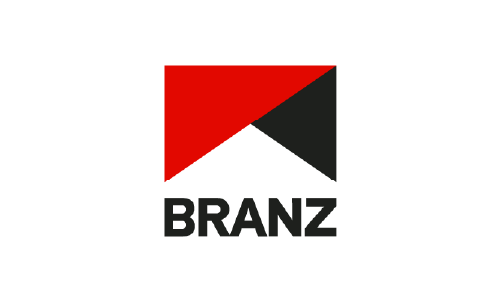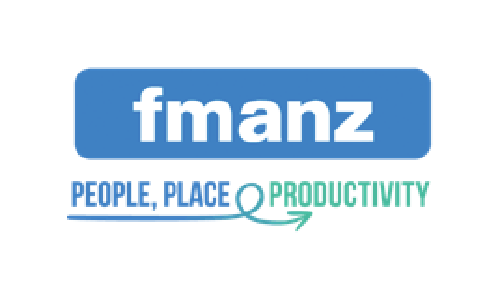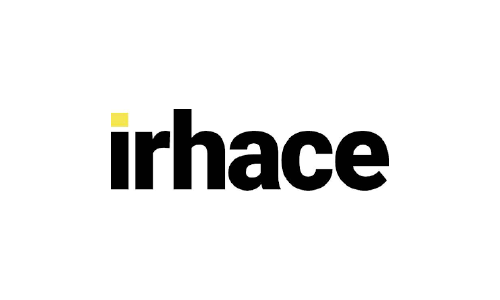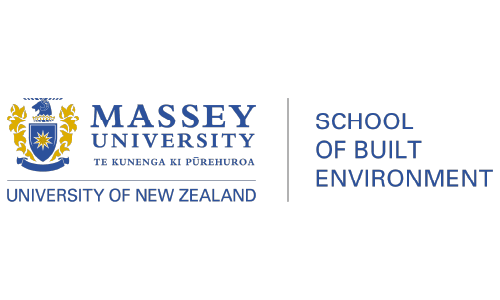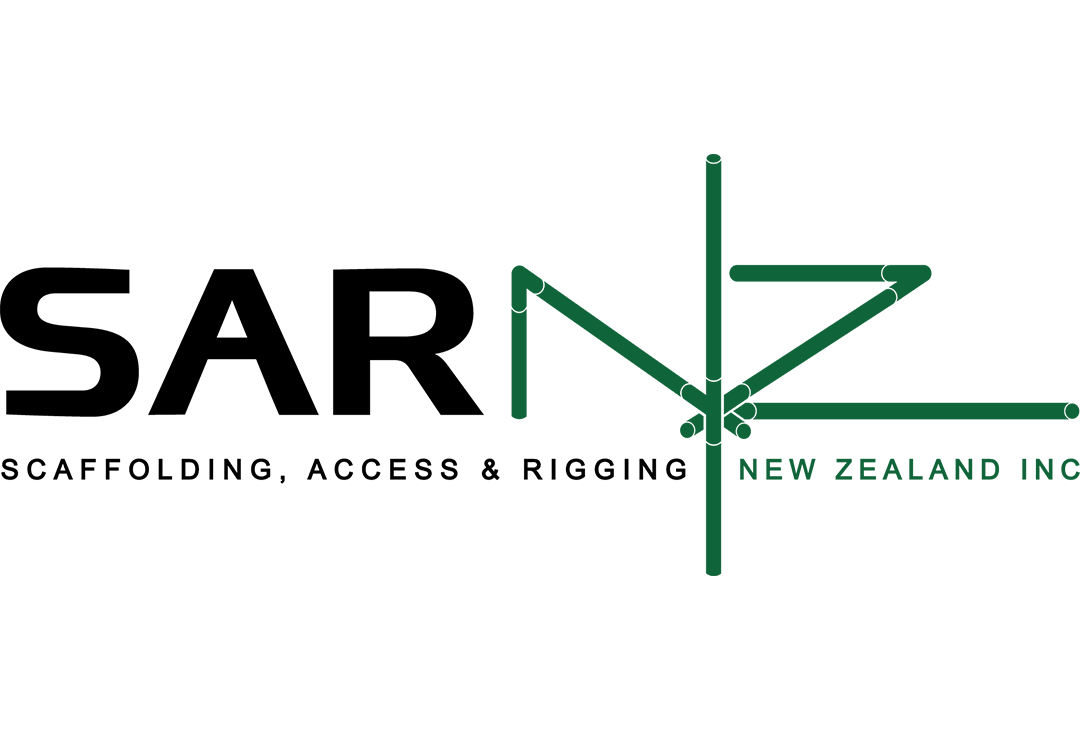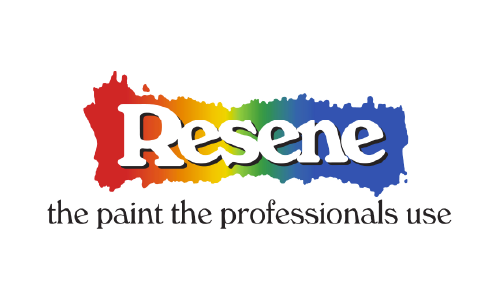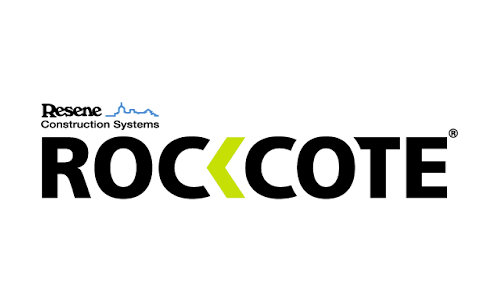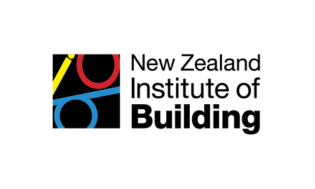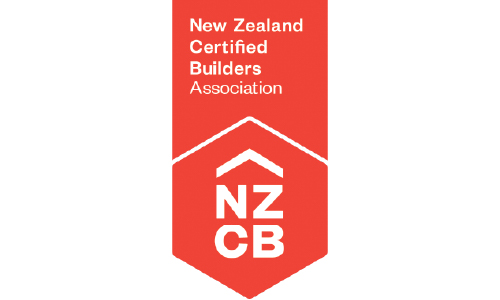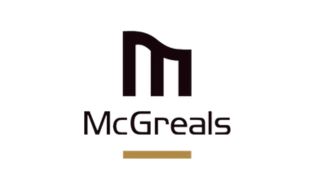Unitec architecture students get creative with saveBOARD
FRIDAY 25TH MARCH 2022
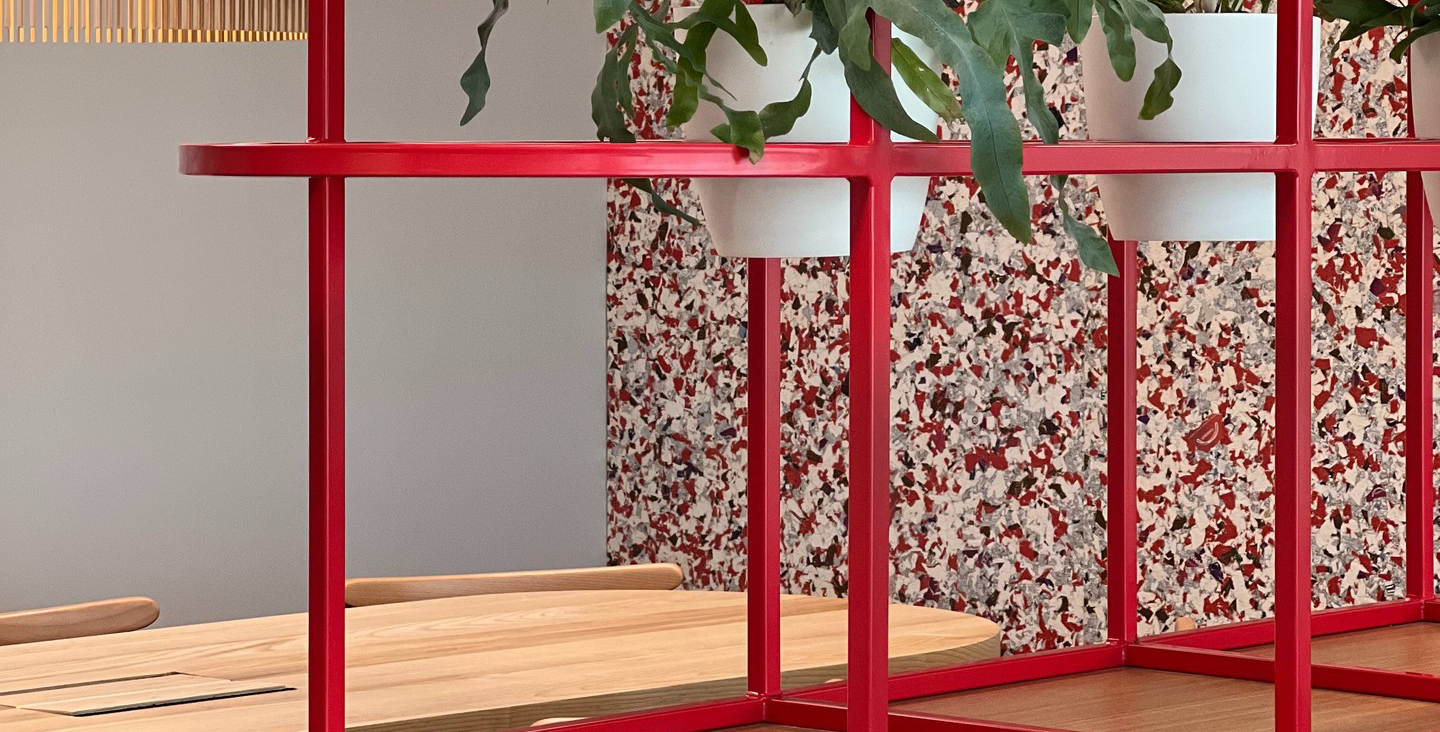
A new generation of sustainable construction materials is reducing the depletion of non-renewable resources and one particular product is also saving tonnes of waste from being sent to landfill.
New Zealand company saveBOARD produces high-performance low carbon construction boards made 100% from recycled industrial and household waste.
saveBOARD is a healthy board made with zero water, zero glues, zero chemicals and zero VOC emissions or formaldehydes. The product meets all requirements under section 14G of the Building Act and provides up to a 90% reduction in carbon emissions compared with other construction boards. It is also possible to recover offcuts and end of life boards to be remanufactured into new board products, providing a zero waste to landfill solution.
saveBOARD co-founder and chief executive Paul Charteris has spent the past four years getting the company up and running. The company’s Te Rapa factory, opened in November 2021, now converts 4000 tonnes of waste a year from landfill.
“In simple terms, if people buy and use our products we can scale up and have a bigger impact. Every board means 10kg less in carbon emissions, and less packaging that ends up in landfill. This is the circular economy in action”, he says.
Whether you’re an investor, a developer, or a builder, it’s worth taking a closer look at all the recycled materials that are out there. Knowing how to use them wisely can bring many benefits to your projects, from cost savings to potential tendering and tax incentives.
saveBOARD building products can be used to substitute plaster board, particle board and oriented strand board (OSB) that can be used for interior and exterior applications.
One creative application can be seen in an upcoming project by Unitec Institute of Technology School of Architecture students to create an upcycled 'BikePod' made from recycled ABODO off-cuts for the Village Square at the Auranga housing development in Karaka.
saveBOARD has supplied product to be used in bracing elements for the Unitec students’ project, as well as for its unique aesthetic look.
An example of the students’ work can be seen at this year’s BuildNZ Mega event at a student-led product display.


